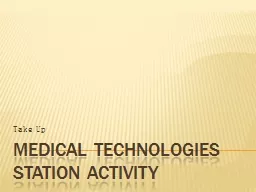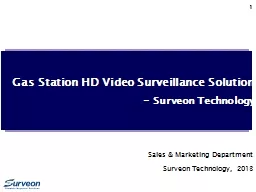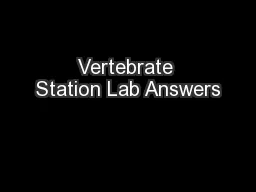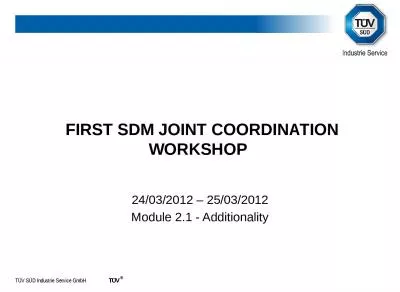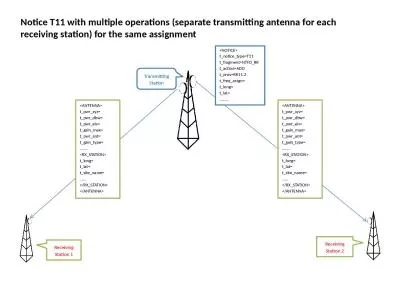PPT-MEDICAL TECHNOLOGIES STATION ACTIVITY
Author : liane-varnes | Published Date : 2016-12-06
Take Up 1 Arthroscopy Arthroscopes are a surgical tool that allow surgeons to literally see within a patients joints without having to surgically open the patient
Presentation Embed Code
Download Presentation
Download Presentation The PPT/PDF document "MEDICAL TECHNOLOGIES STATION ACTIVITY" is the property of its rightful owner. Permission is granted to download and print the materials on this website for personal, non-commercial use only, and to display it on your personal computer provided you do not modify the materials and that you retain all copyright notices contained in the materials. By downloading content from our website, you accept the terms of this agreement.
MEDICAL TECHNOLOGIES STATION ACTIVITY: Transcript
Download Rules Of Document
"MEDICAL TECHNOLOGIES STATION ACTIVITY"The content belongs to its owner. You may download and print it for personal use, without modification, and keep all copyright notices. By downloading, you agree to these terms.
Related Documents

